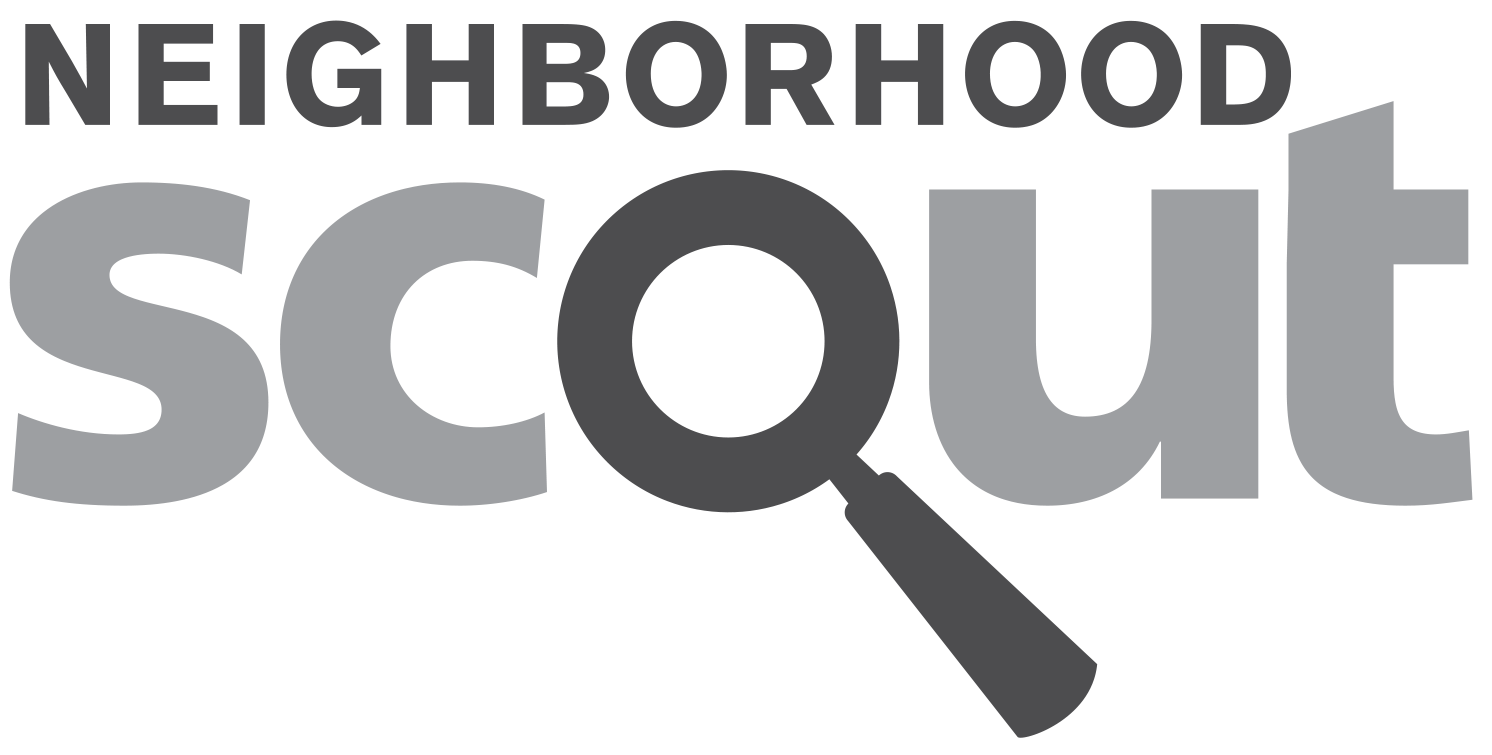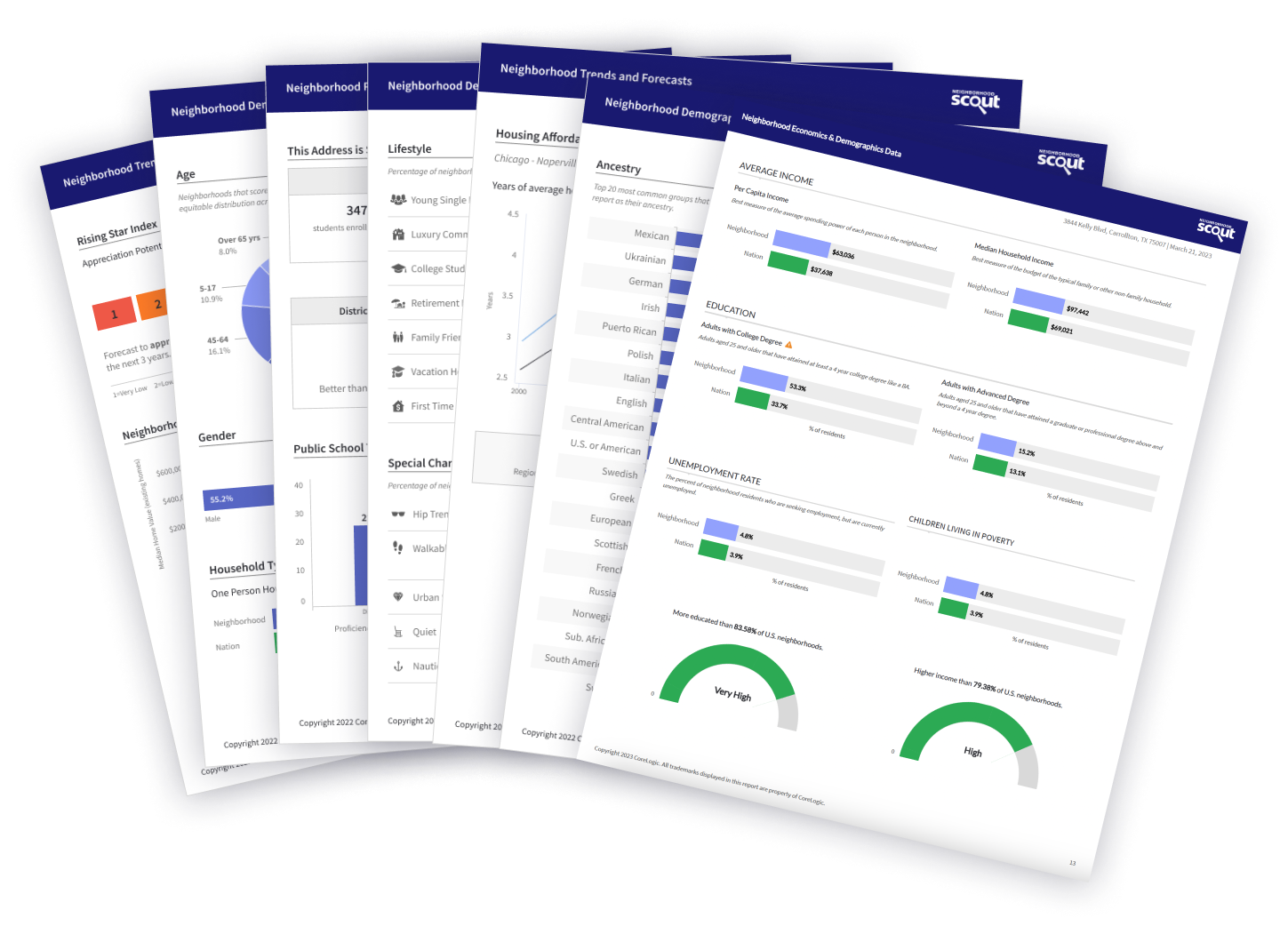Of important note, Princeville is also a town of artists. Princeville has more artists, designers and people working in media than 90% of the communities in America. This concentration of artists helps shape Princeville’s character.
A relatively large number of people in Princeville telecommute to their jobs. Overall, about 40.38% of the workforce works from home. While this may seem like a small number, as a fraction of the total workforce it ranks among the highest in the country. These workers are often telecommuters who work in knowledge-based, white-collar professions. For example, Silicon Valley has large numbers of people who telecommute. Other at-home workers may be self-employed people who operate small businesses out of their homes.
Another notable thing is that Princeville is a major vacation destination. Much of the town’s population is seasonal: many people own second homes and only live there part-time, during the vacation season. The effect on the local economy is that many of the businesses are dependent on tourist dollars, and may operate only during the high season. As the vacation season ends, Princeville’s population drops significantly, such that year-round residents will notice that the city is a much quieter place to live.
It is a fairly quiet town because there are relatively few of those groups of people who have a tendency to be noisy. (Children, for example, often can't help themselves from being noisy, and being parents ourselves, we know!) Princeville has relatively few families with children living at home, and is quieter because of it. Renters and college students, for their own reasons, can also be noisy. Princeville has few renters and college students. But the biggest reason it is quieter in Princeville than in most places in America, is that there are just simply fewer people living here. If you think trees make good neighbors, Princeville may be for you.
One of the nice things about Princeville is that it is nautical, which means that parts of it are somewhat historic and touch the ocean or tidal bodies of water, such as inlets and bays. Because of this, visitors and locals will often go to these areas to take in the scenery or to enjoy waterfront activities.

